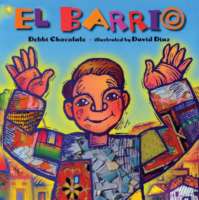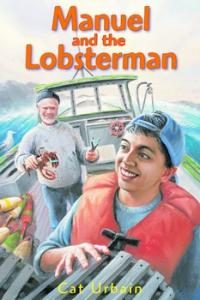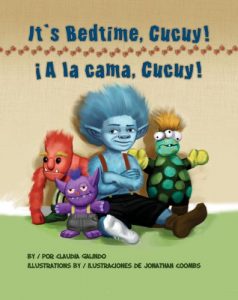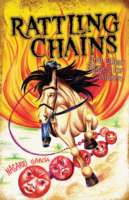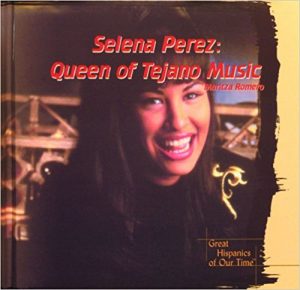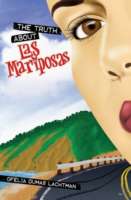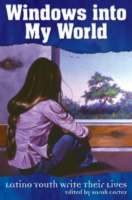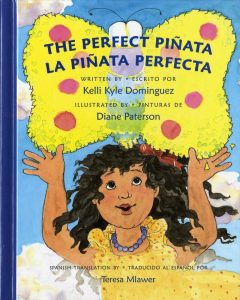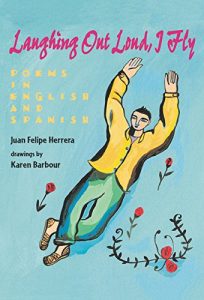 From one of the most prominent Chicano poets writing today, here are poems like sweet music-to make the body shake and move to the rhythm of rhyme, to the pulse of words. Juan Felipe Herrera writes in both Spanish and English about the joy and laughter and sometimes the confusion of growing up in an upside-down, jumbled-up world-between two cultures, two homes. With a crazy maraca beat, Herrera creates poetry as rich and vibrant as mole de ole and pineapple tamales…an aroma of papaya…a clear soup with strong garlic, so you will grow not disappear Herrera’s words are hot& peppery, good for you. They show us what it means to laugh out loud until it feel like flying.Juan Felipe Herrera’s vibrant poems dance across these pages in a dazzling explosion of two languages English and Spanish. Skillfully crafted, beautiful, joyful, fun, the poems are paired with whimsical black and white drawings by Karen Barbour. The resulting collage fills the soul and the senseshot and peppery, good for you and celebrates a life lived between two cultures.Laughing out loud, I fly, toward the good things,to catch Mama Lucha on the sidewalk, afterschool, waiting for the green-striped bus,on the side of the neighborhood store, next to almonds,Jose’s tiny wooden mule, the wiseboy from San Diego,teeth split apart, like mine in the coppery afternoon . . .22000 Pura Belpre Award
From one of the most prominent Chicano poets writing today, here are poems like sweet music-to make the body shake and move to the rhythm of rhyme, to the pulse of words. Juan Felipe Herrera writes in both Spanish and English about the joy and laughter and sometimes the confusion of growing up in an upside-down, jumbled-up world-between two cultures, two homes. With a crazy maraca beat, Herrera creates poetry as rich and vibrant as mole de ole and pineapple tamales…an aroma of papaya…a clear soup with strong garlic, so you will grow not disappear Herrera’s words are hot& peppery, good for you. They show us what it means to laugh out loud until it feel like flying.Juan Felipe Herrera’s vibrant poems dance across these pages in a dazzling explosion of two languages English and Spanish. Skillfully crafted, beautiful, joyful, fun, the poems are paired with whimsical black and white drawings by Karen Barbour. The resulting collage fills the soul and the senseshot and peppery, good for you and celebrates a life lived between two cultures.Laughing out loud, I fly, toward the good things,to catch Mama Lucha on the sidewalk, afterschool, waiting for the green-striped bus,on the side of the neighborhood store, next to almonds,Jose’s tiny wooden mule, the wiseboy from San Diego,teeth split apart, like mine in the coppery afternoon . . .22000 Pura Belpre Award
